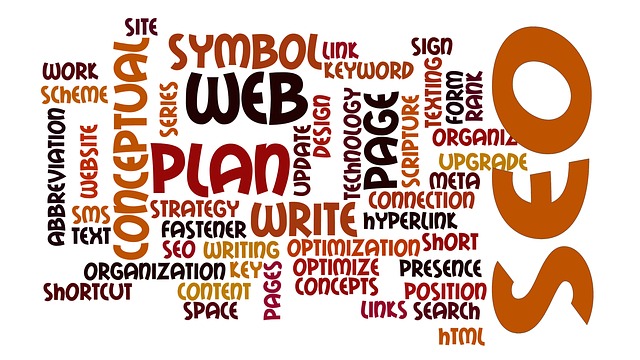Have you ever puzzled over why are your images are not in Google search? You’ve found a perfect photo for your website and upload it after some editing. This is not the complete solution to make your images SEO-friendly.

Optimize Images for SEO
If you want to generate more traffic on website then it is necessary to learn how to optimize images for better SEO. This article is exactly about optimizing images to make them search engine friendly. Here are some essential tips to optimize your images and improve the performance of the page and supercharge your SEO.
1. Appropriate Image Size
Large images will slow down your page and if your webpage takes more than 10 seconds in loading then visitors will escape from your website. So it is important to check the size of your images before uploading it to your website.
The most important thing don’t let your browser to resize your images. You can use any image editing tools like Skitch, PhotoShop etc. If you’re running a WordPress website then you can use any image optimization plugin like Imsanity which help you to edit your images and optimize them. This will help you in fast loading of your website and it is also good for your search engine results.
2. Use Alt Text For Each Image
Alt text or the Alternate text is another very important factor in image optimization. This alt text is helpful when your web browser can’t render images properly. This alt text explains you what image is about. You know what you uploaded on your site but search engine can’t determine the text content of an image.
In such situation alt text helps search engine in identification of image content and make these images search engine friendly. The descriptive Alt text also helps your visitors to identify the images when they didn’t load properly on your web page.
Note: Make sure your alt text describes your image and also includes appropriate keywords.
3. Use Descriptive Image name
Image name helps Google to pull images from your website in search results. A keyword rich image name is similar to the keywords in your post. These keywords rich name help search engine to determine the relevancy of image.
You also don’t want to use an image name like Image_3245_11166778. Don’t keep the long, complex number field label. Naming your image is very easy task. Simply give some descriptive and keyword rich image name which gives idea to search engine and people who search for the image what the image is about.
Another important thing to be noticed is separate your image with hyphen.
4. Select Appropriate Image File type
Three types of Image file type available: GIF, JPEG and PNG. It is highly recommended to use JPEG and PNG as image file type. JPEG and PNG provides you high quality of images and GIF images are large images but if you compress these images they loss their quality.
So it’s better to use JPEG and PNG image for pictures, headers and logos.
5. Don’t Forget Image caption
Image caption is also important like Alt text. A photo makes perfect sense for you but your readers get confused and get the wrong idea about the image. In such cases Image caption helps. If you won’t give any image caption then readers will come to their own conclusion.
The main work of caption is to pull your readers from whatever they are thinking about. Caption gives specific message to your visitors about the image. Always keep image caption short, simple and use keywords.
These are some simple tips that help you to optimize images for SEO. So use these tips and make your images search engine friendly. Remember, a picture is worth the thousand words.